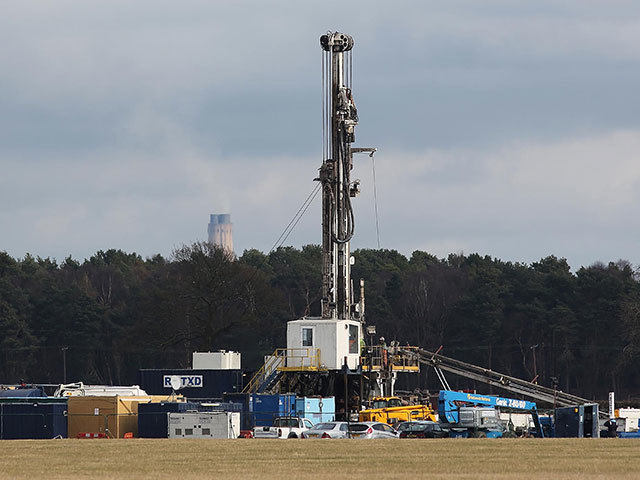
The regulations imposed on shale gas fracking are “unnecessarily restrictive”, according to research by two University of Glasgow academics.
In a new paper, Dr Rob Westaway and Professor Paul Younger from the School of Engineering, claim widely applying restrictions similar to those in force on fracking would require a ban on heavy vehicles from passing houses or walking on wooden floors.
The report also states that the threat of serious earthquakes caused by fracking activity is considerably lower than commonly feared.
It has been published today in the Quarterly Journal of Engineering Geology and Hydrogeology, titled ‘Quantification of potential macroseismic effects of the induced seismicity that might result from hydraulic fracturing for shale gas exploitation in the UK’.
They suggest that adopting a new fracking regulatory framework closer to the rules which govern activities such as quarry blasting would be a clear improvement on the current guidelines.
Dr Westaway said: “Currently, the Department of Energy and Climate Change’s regulation is that any fracking operation which induces surface vibrations greater than magnitude 0.5 on the Richter scale should be shut down immediately.
“That level of vibration is extremely low. To put it in perspective, if regulations for other vibration-causing activities were similarly restrictive you’d have to prevent buses from driving in built-up areas or outlaw slamming wooden doors.
“By analysing the seismic waves which travel through the earth as a result of fracking activity, we’ve been able to determine a scale of activity which will create surface vibrations within those already allowed for by quarry blasting regulations.
“For example, induced earthquakes of magnitude 3 from fracking activities 2.5km below the earth’s surface will create surface vibrations similar to the limits allowable from quarry blasting.
“Conversely, induced earthquakes at the current UK regulatory limit of magnitude 0.5 would be expected to produce vibrations in a person’s home that are smaller than those typically caused by the movement of buses or lorries past the end of their garden and comparable to many other widely-accepted forms of ‘nuisance’ vibration”.
The authors state that the largest possible fracture which could conceivably be created by current drilling processes on properly surveyed land would be 600m long.
The maximum length of fractures is determined by the amount of fracking fluid used in the process, which would be used up before any fracture could reach more than 600m.
Professor Younger said: “We’ve determined that a fracture of that length created in a single rupture, which is very unlikely, would likely correspond to a maximum quake of magnitude 3.6.
“That might be sufficient to cause minor damage on the surface such as cracked plaster.
“Again, however, there is already regulation in place for compensation for similar incidents caused by RAF fly-bys or mining operations and we’d suggest it would make sense for similar schemes to be put into place for fracking.
“From the knowledge we’ve gained from tens of thousands of fracking operations elsewhere in the world that by far the biggest cause of serious seismic incidents isn’t the drilling or the fracking process itself.
“Instead, it’s the practice of disposing of waste water back into the borehole once the process is finished. This washes away particles of sand holding open the fractures created during the process, which can cause earthquakes.
“In Britain, we’ve adopted longstanding EU groundwater regulations which bar subsurface disposal of wastewater completely, meaning there is no danger of this sort of event happening here.
Instead, the water would be treated and disposed of safely elsewhere.”